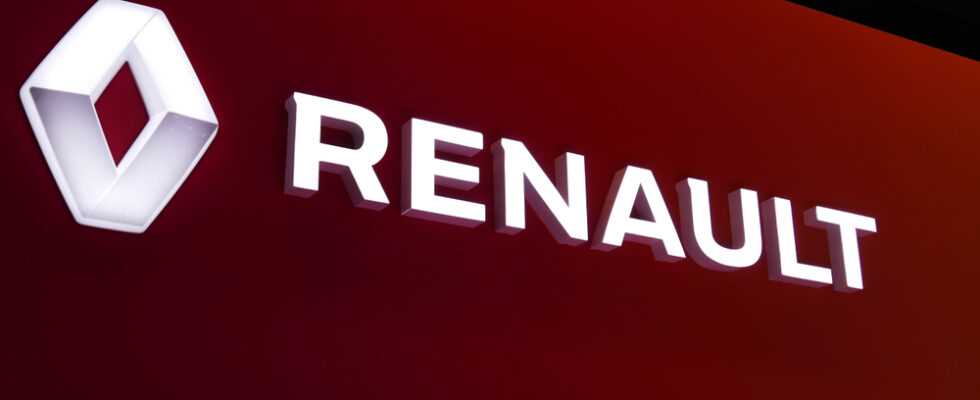(Updated with press conference, details)
by Gilles Guillaume
PARIS, May 19 (Reuters) – Renault presented on Thursday a concept car combining electric battery and hydrogen fuel cell, synthesis of know-how that the diamond group intends to make more visible thanks to its project to create a entity dedicated to electricity.
The vehicle, named “Scénic Vision”, foreshadows one of the new electric cars which must carry the ambitions of the “Renaulution” recovery plan.
“What you see is much more than a concept car, it’s a bit of a manifesto showing the direction in which Renault wants to push the whole company,” chief executive Luca de Meo said during an interview. a press conference.
If the vehicle takes the name of the famous family minivan from Renault – sold more than five million copies in a quarter of a century through four generations – it abandons a silhouette that has gone out of fashion to adopt the sportier codes of the SUV.
About ten centimeters higher than the electric Mégane, the new Scénic is a coupé crossover with muscular flanks and an aggressive front end in its “concept” version revealed facing the Eiffel Tower, during the 5th edition of the “ChangeNOW” summit. devoted to the environment and social justice.
The model derived from the concept will be marketed in a conventional battery electric version from 2024.
An electric pioneer with the Japanese Nissan and Mitsubishi at the beginning of the previous decade, Renault is today eclipsed by “pure players” like Tesla or by the ambitions of giants like Volkswagen.
For its counter-attack, the French manufacturer has added to its concept car a new kind of hybrid engine, both electric and hydrogen, envisaged for a more distant horizon, beyond 2030.
Unlike other hydrogen models where the electricity produced on board directly powers the engine, the Renault prototype’s small fuel cell is only used to recharge the battery that powers the engine, and to double its range to around 500 kilometers. .
By including a battery twice as light, Renault manages to reduce the vehicle’s carbon footprint by 75% compared to a conventional electric model. The group also intends to achieve this reduction through shorter circuits for the supply of strategic materials such as platinum, copper, aluminum and steel.
Asked on the sidelines of the press conference, Luca de Meo told Reuters that he had discussed the hybrid prototype with his partner Nissan during his trip to Japan this week, but that it was not on the list of fifteen new projects. that the French group has offered to its alliance partners, Nissan and Mitsubishi. (Gilles Guillaume report, edited by Jean-Michel Bélot and Kate Entringer)
